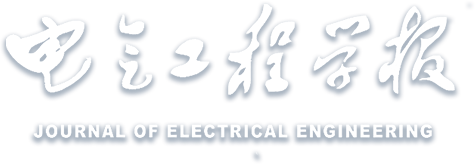Abstract:
The third harmonic back electromotive force is normally introduced to achieve higher power density in permanent magnet synchronous motor design. However, the harmonic torque ripple is caused by the coupling of three-phase currents and harmonic back electromotive force under open-switch fault. Based on three-phase four-leg inverter, the recombination of three-phase currents under an open-switch fault is achieved by injecting multi-harmonic currents including a DC component to effectively suppress the harmonic torque ripple. Theoretically, this strategy enables the fault-phase current to continuously flow in a single direction and eliminates the torque ripple components. To further improve the performance under fault tolerant control, the DC injection ratio is optimized and a copper-loss mode based on minimizing the three-phase stator copper loss, as well as a torque mode based on minimizing the root mean square(RMS) value of the maximum phase current are proposed in this paper. Compared with the conventional open-switch fault tolerant control, the proposed strategy exhibits characteristics such as small torque ripple, low copper loss, and extensive torque range. Finally, the effectiveness of the proposed strategy is verified through experiments.


 下载:
下载: